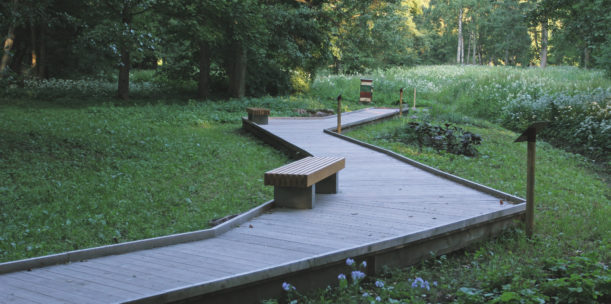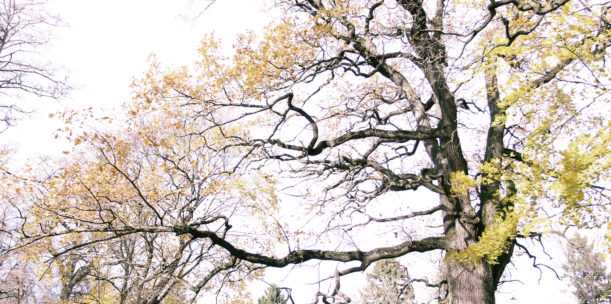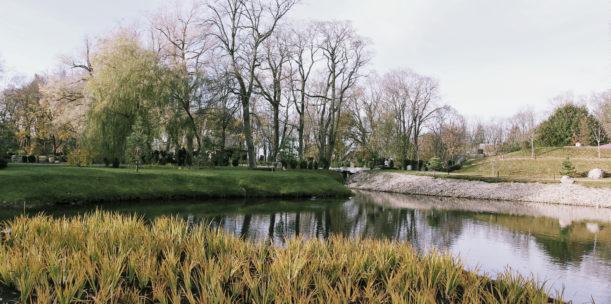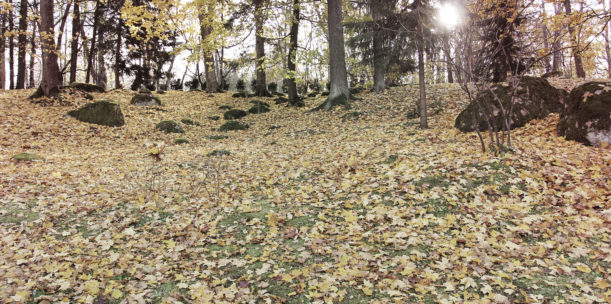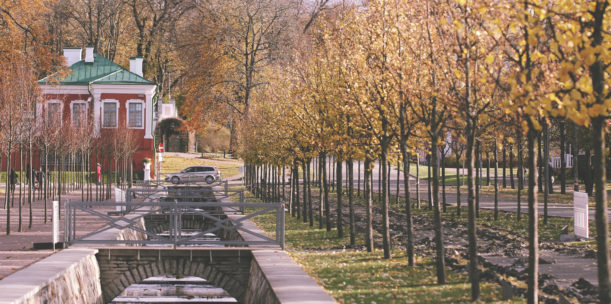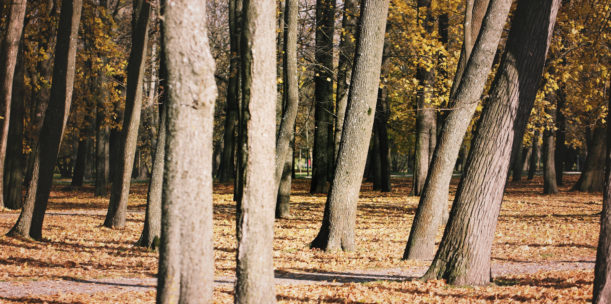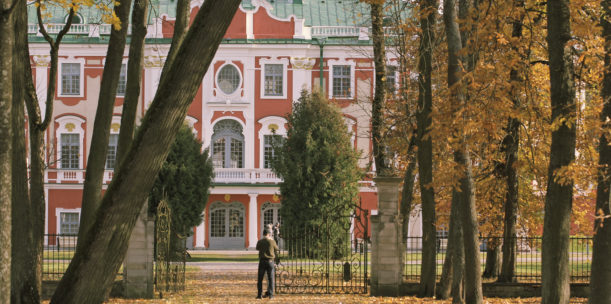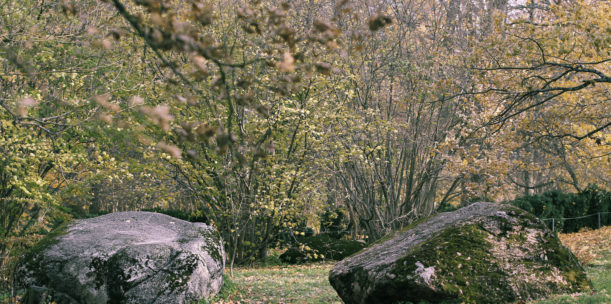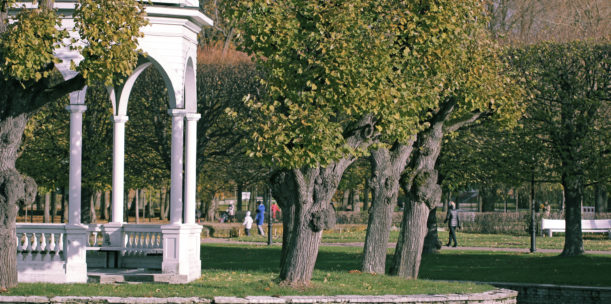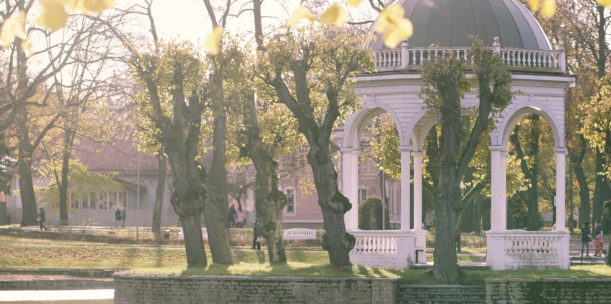Kadriorg Park is very rich in species, because it has different types of habitats, including meadowlands, alvars, and Festucetum-type alvars. There are 200 species of vascular plants and over 300 taxons of trees and shrubs. It is also home to five rare plant species: Plantago uliginosa, alpine meadow-grass, yellow oatgrass, copse bindweed, and Alchemilla subglobosa. There are also protected plant species: alpine meadow-grass (protected category II) and sea thrift (protected category III).
As a special example of urban nature, the park is also home to seven species of bats (the northern bat, brown long-eared bat, Nathusius’ pipistrelle, common pipistrelle, and the common noctule), making it one of the most popular gathering points of the northern part of Estonia in terms of the richness of species. There are also breeding colonies in the park. All bat species are protected in Estonia, so there are hiding boxes in the park, where they can hide if necessary.
Kadriorg Park is one of the most popular parks in Tallinn in terms of the number of birds. Every year, hundreds of bird pairs nest here from 30–40 species. Most birds nest on the edge of the limestone shore, where there is dense underwood. It is one of the most popular nesting sites in Tallinn. The park is mostly home to birds that are not afraid of people. The most common birds are chaffinch, fieldfare, great tit, jackdaw, and blackbird. Different bird species build their nests in different places: between branches, in tree hollows, and in sheltered places on the ground and in shrubs.
There are a lot of natural values in Kadriorg Park. The most outstanding landform in the park is the Lasnamäe limestone shore, which is part of the North Estonian Klint. The limestone shore has two benches. The upper bench is 10–15 meters high and largely sloping, where broad-leaved trees grow. The lower bench is 3–5 meters high, and it has been eroded into sandstones and covered with quaternary sediments. In the north-east corner of the park, there is a gorge called Hundikuristik (5–6 meters deep) – a large stream has eroded it into the limestone shore. A small waterfall, which is up to 2.5 m high, is at the beginning of the gulf.

